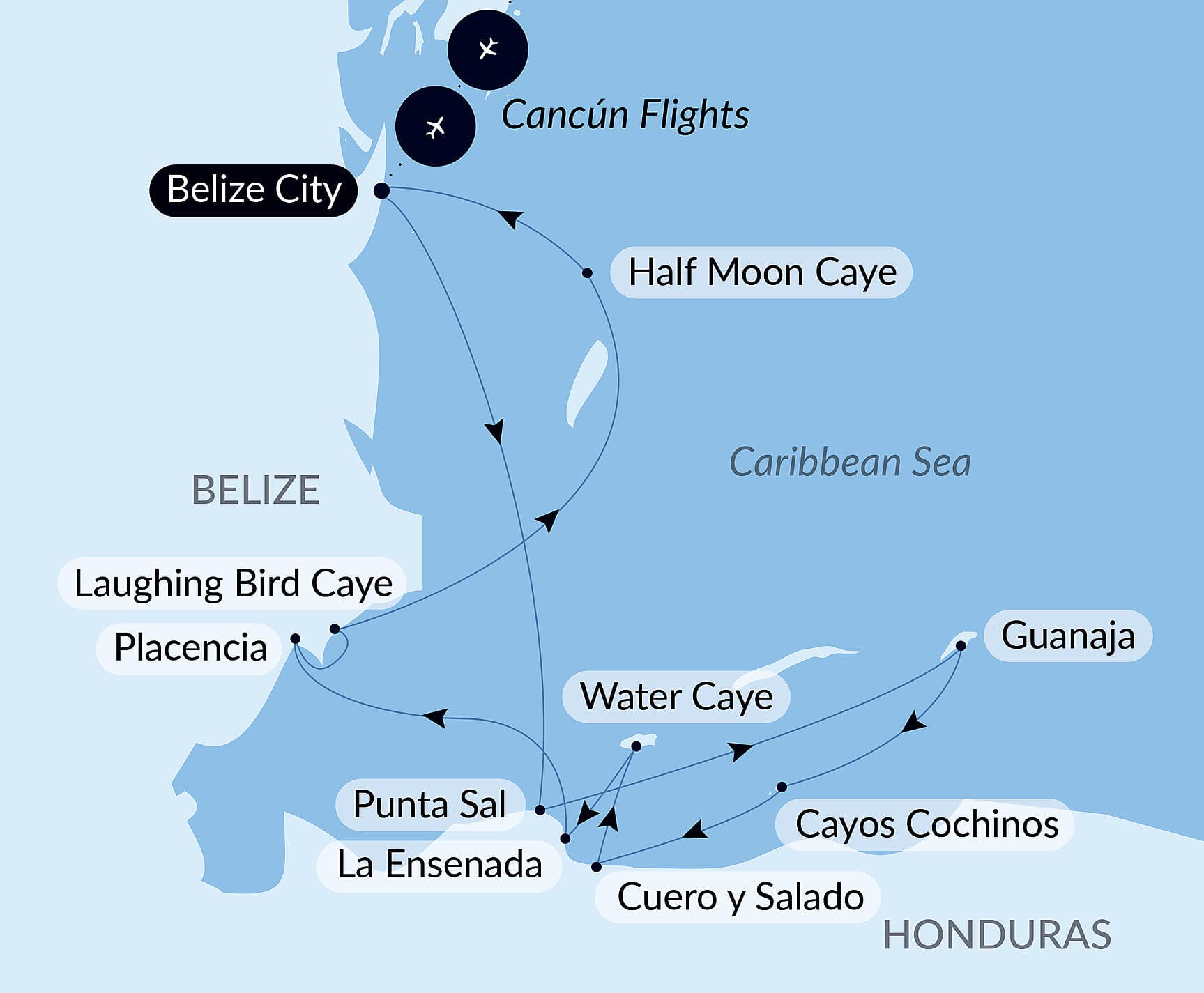Costa Rica, Belize and Guatemala
Discover the destination
Why Costa Rica, Belize and Guatemala?
7 cruises in Costa Rica, Belize, and Guatemala
From
Puntarenas (Costa Rica)
To
Puntarenas (Costa Rica)
7 nightsaboard the shipLe Bellot
Next departures
From
Puntarenas (Costa Rica)
To
Colón (Panama)
10 nightsaboard the shipLe Bellot
Next departures
Offer(s)
Back to back offer, Winter Offer: 10% Savings per guest, PONANT Bonus 25%
From
$8,050 /person*
From
Belize City (Belize)
To
Belize City (Belize)
9 nightsaboard the shipLe Champlain
Next departure
From
Puntarenas (Costa Rica)
To
Colón (Panama)
7 nightsaboard the shipLe Dumont d'Urville
Next departure
Offer(s)
No single supplement, Winter Offer: 10% Savings per guest, PONANT Bonus 15%
From
$6,140 /person*
From
Colón (Panama)
To
Puntarenas (Costa Rica)
10 nightsaboard the shipLe Champlain
Next departures
From
$10,170 /person*
Panama and Costa Rica by Sea: The Natural Wonders of Central America – with Smithsonian Journeys
From
Colón (Panama)
To
Puntarenas (Costa Rica)
7 nightsaboard the shipLe Champlain
Next departure
Panama and Costa Rica by Sea: The Natural Wonders of Central America – with Smithsonian Journeys
From
Puntarenas (Costa Rica)
To
Colón (Panama)
7 nightsaboard the shipLe Champlain
Next departures
*Price is per person, based on double occupancy, based on availability, and subject to change at any time. The category of stateroom to which this price applies may no longer be available.
See all cruises in Central America
Explore

More Inspiration
Upcoming departures, unique experiences, interviews, exploration or scouting stories — all brochures can be ordered in print or downloaded in digital format.










